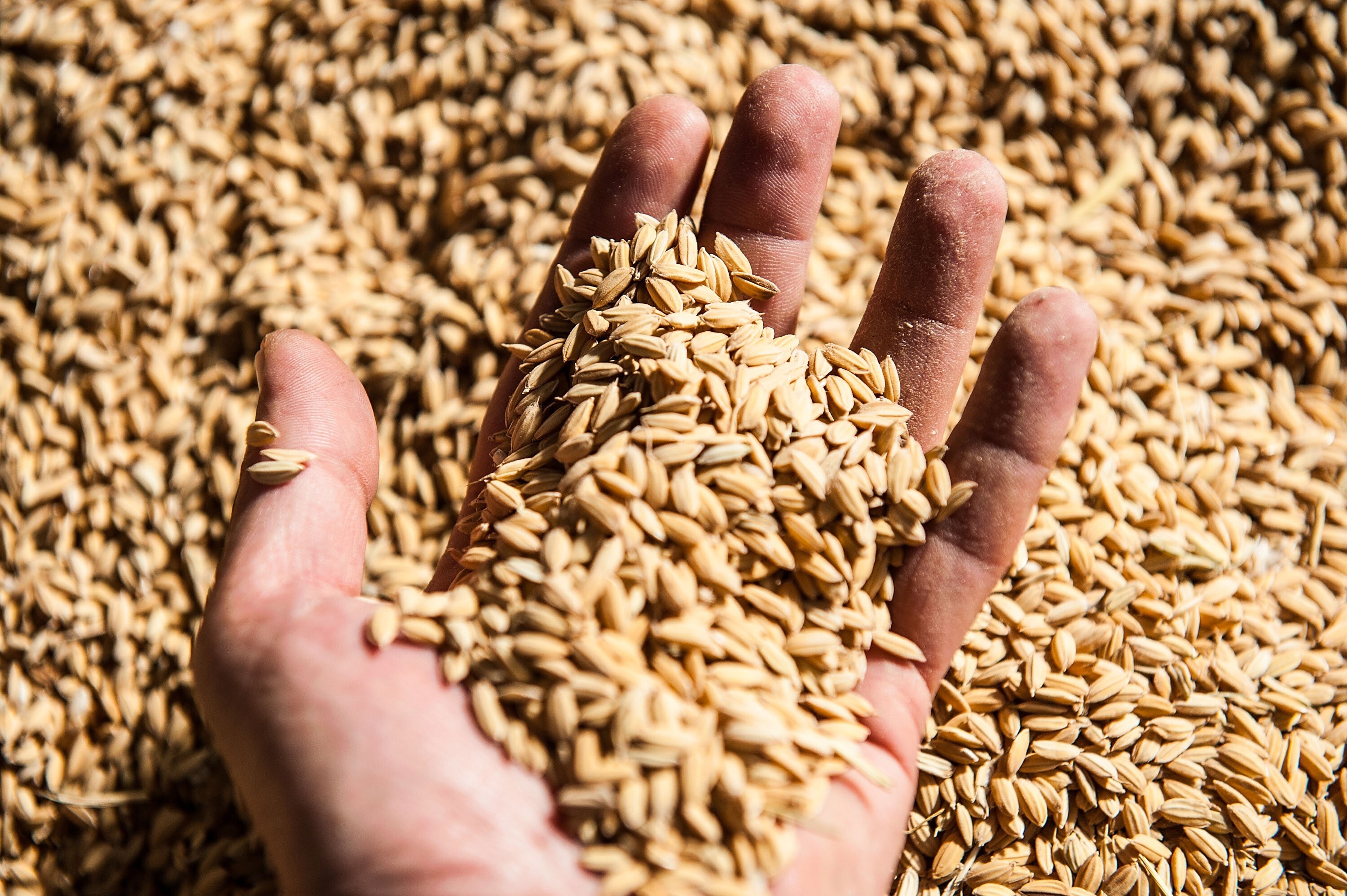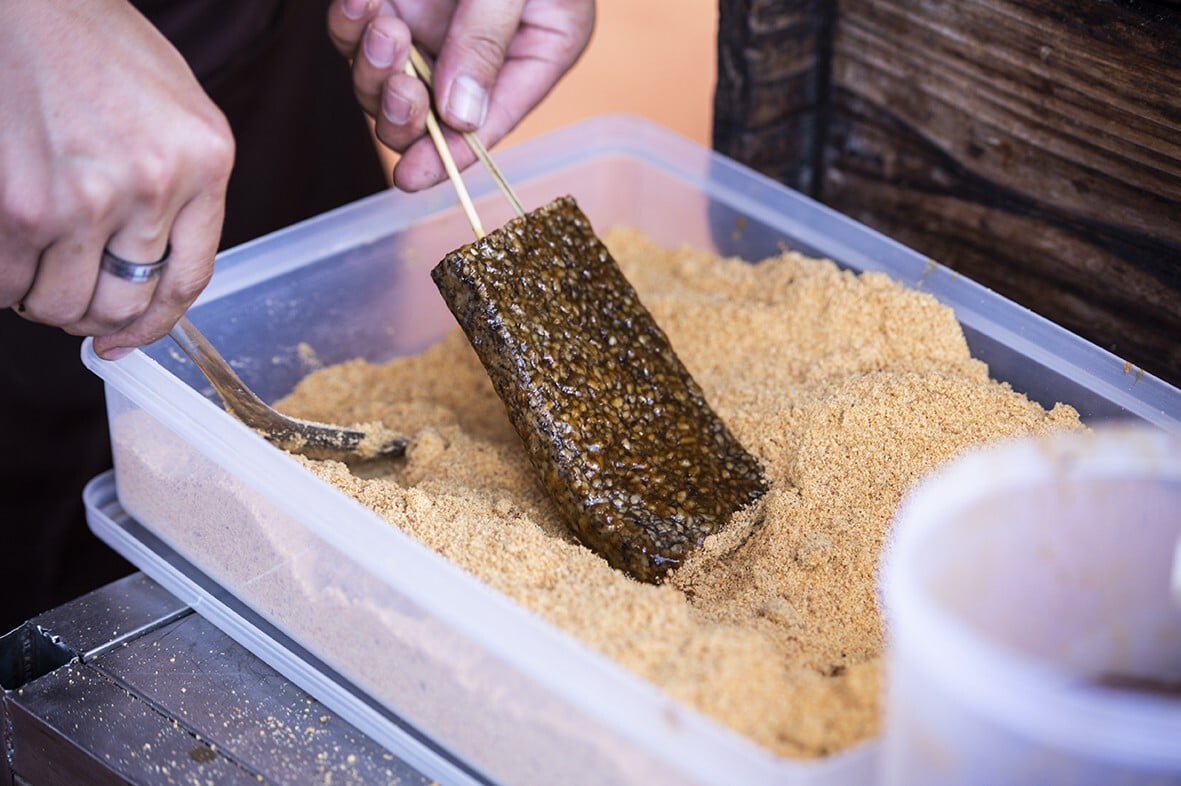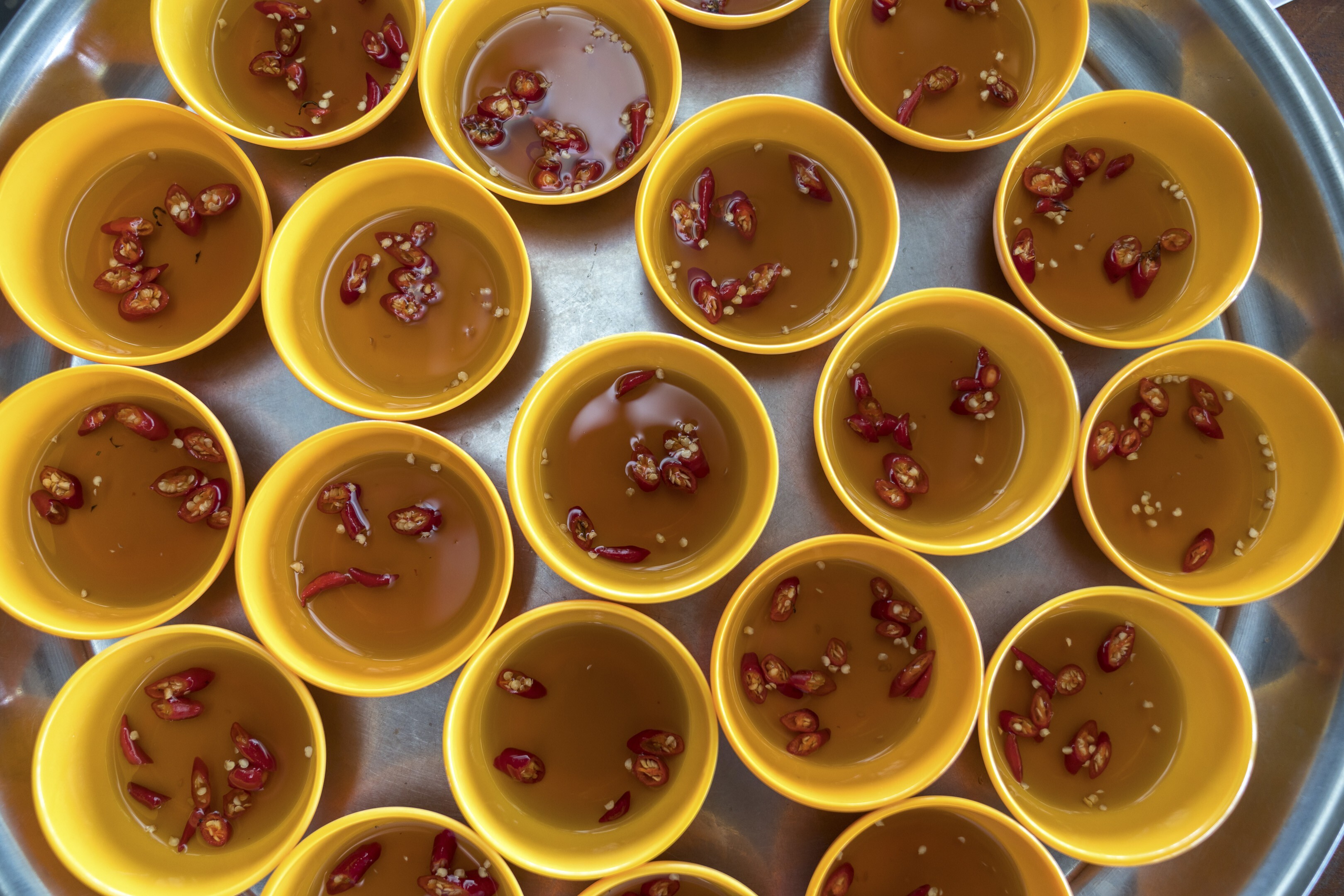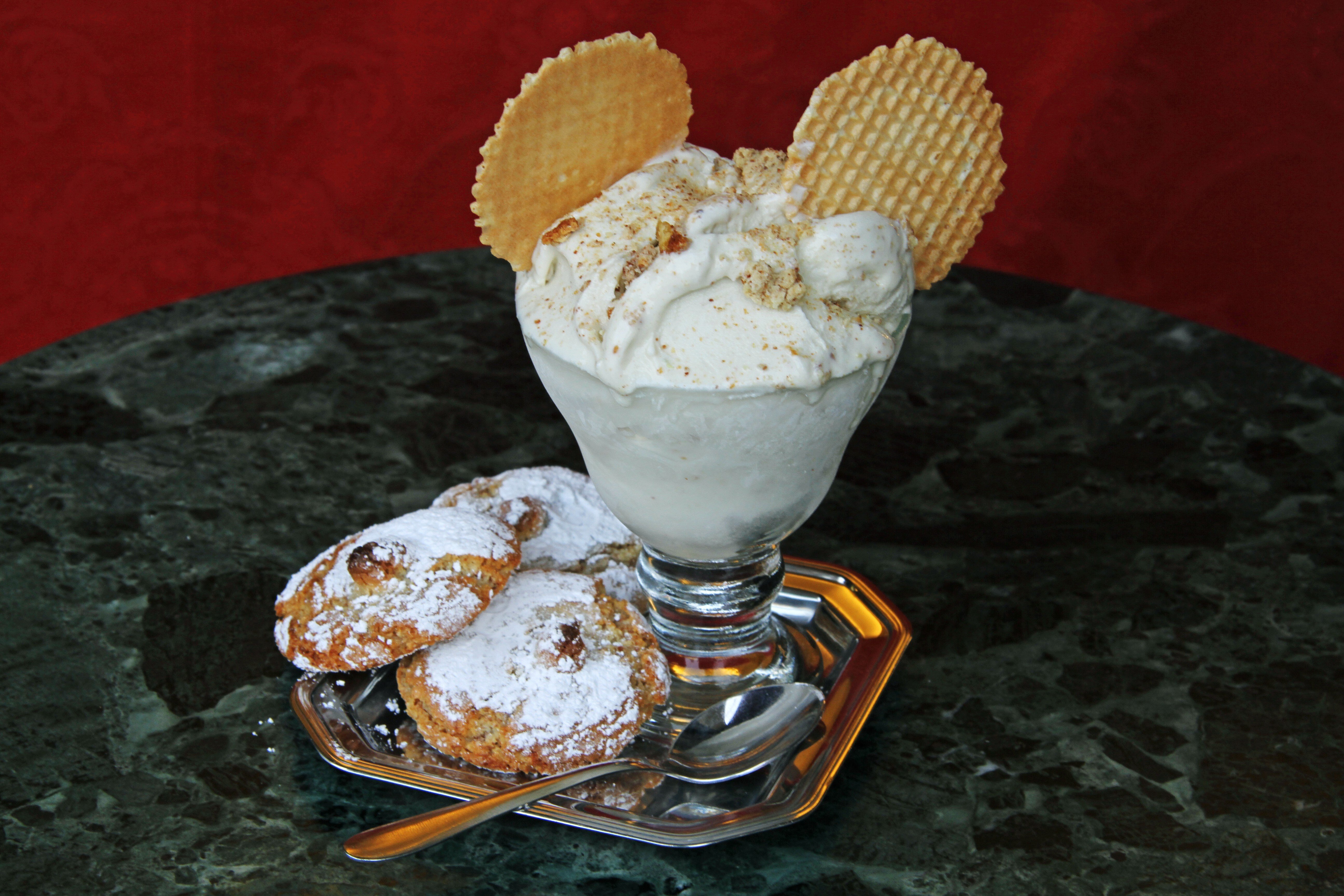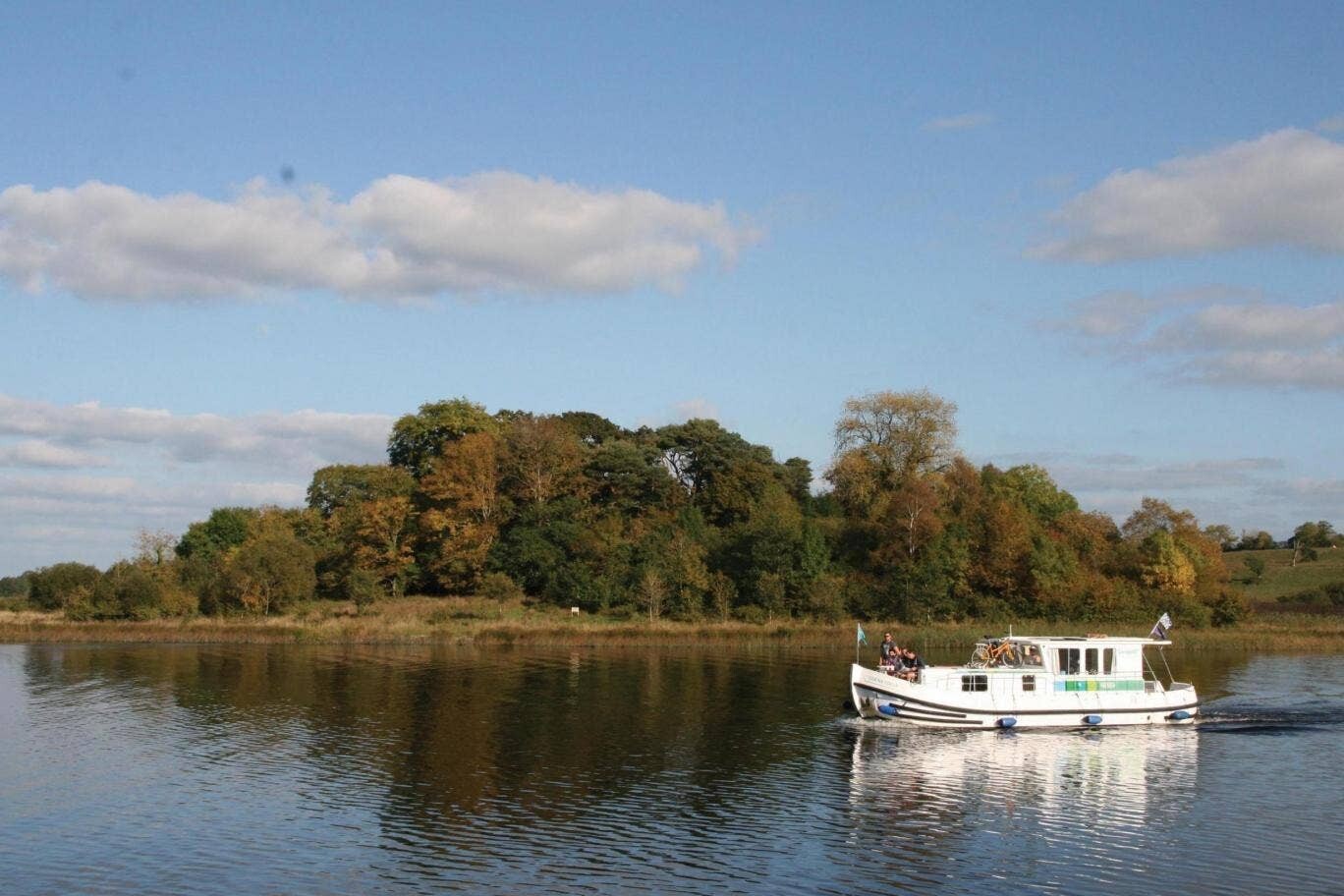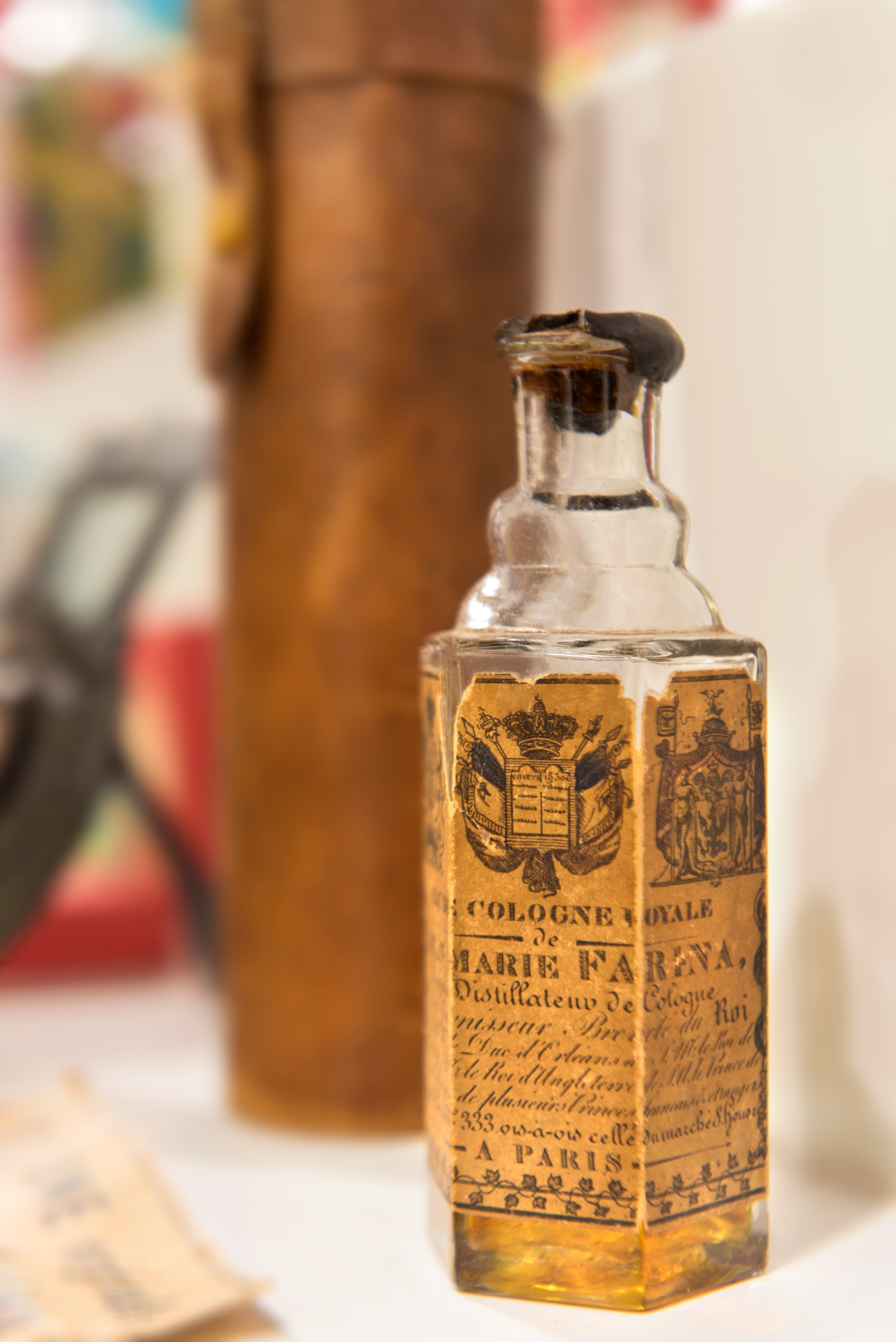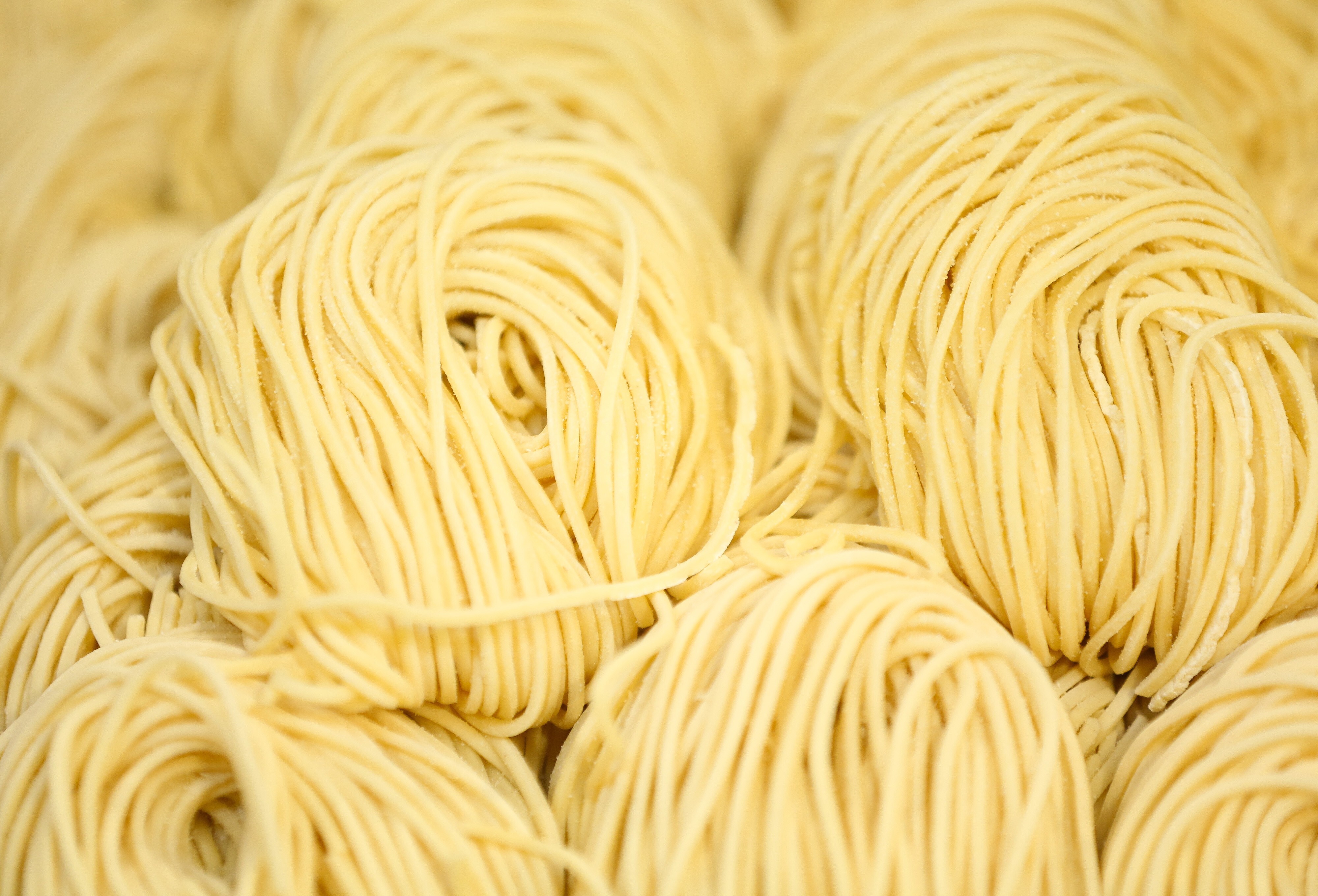Advertisement
Advertisement

Silvia Marchetti
Silvia Marchetti is a Rome-based freelance reporter. She covers finance, economics, travel and culture for a wide range of international media. Silvia has a master degree in journalism and has lived abroad most of her life in Switzerland, Russia, Holland and Indonesia. She’s fluent in four languages.
Sweet treats China considers its own today have their origins in ancient Turkey, Persia and Arabia. Mooncakes have an Arabian equivalent and may be derived from pastries brought to China in Roman times.
Linguine (little tongues), penne (little pens), vermicelli (little worms), monk chokers, little bombs and more – the amazing variety of pasta names and shapes.
Spain and Portugal have long laid claim to churros, but it’s been suggested early Portuguese traders brought them back from China, where fried dough sticks have been eaten for hundreds of years.
China has made cheese for at least 1,200 years, from buffalo, yak, cow’s, goat’s and sheep’s milk, and everywhere from Taiwan to Tibet. A tradition of making buffalo cheese survives in Guangdong near Hong Kong.
Advertisement
Forget the fig trees and olive groves of old – thanks to climate change, an increasing amount of European farmland is being dedicated to the growth of tropical fruit.
Almost 400 years after Marco Polo, Father Johann Grueber travelled east to China. An account of his travels was presented in Lorenzo Magalotti’s Relazione della China.
Benedetto Cavalieri pasta costs three times as much as Barilla spaghetti, and the Martelli family’s yearly outputs equals what a giant firm makes in four hours. Premium ingredients and slow production techniques make their pasta special.
Experts predict that Chinese and East Asian tourists will want customised itineraries and outdoor activities in Asia-Pacific once international travel rebounds after Covid-19.
Chinese production of extra-virgin olive oil has soared in recent years, while Japan has a 100-year history of making it. Their oils regularly win awards in competitions that pit them against Spanish and Italian EVOOs.
Sushi chefs in Japan rarely take risks with recipes, but in the rest of the world they add non-traditional ingredients, from the avocado in California rolls to the cream cheese in Philadelphia rolls and local rice in Italy.
Five owners of private islands tell us how it feels to possess their own little slice of paradise, from a Taoist’s ‘quiet thinking’ spot in Nova Scotia to a businessman’s atolls in the Philippines and an islet off Sicily.
The dumpling is one of the foods most associated with China, and ravioli a signature Italian dish – but scholars say it is unlikely either place can claim credit for inventing them. The first people to wrap dough around a succulent morsel were probably in the Middle East.
Sharing snacks is a tradition around the world, from tapas in Spain to dim sum in China and meze in the Middle East and North Africa. According to anthropologists, it is an important bonding experience for humans.
Spanish paella, with the staple ingredient of rice giving it inherent Asian origins, is today a popular dish around the world. It has a colourful history.
Curry puffs may have been named by the British, but centuries earlier, Portuguese traders introduced the empada – a kind of pie – to Southeast Asia. Now, most countries in the region have their own variation of the popular snack.
Dishes such as adobo, ingredients such as beef, and cooking techniques such as baking entered the Filipino kitchen from Spain and its New World colonies and were adapted to local tastes during hundreds of years of Spanish rule.
A hybrid feast of Indonesian dishes, rijsttafel, or rice table, was inspired by a tradition of indigenous communal eating that Dutch colonists turned into a social phenomenon.
Frequently used for toasts in Britain, Italy and France, the phrase ‘chin-chin’ has Chinese origins and was imported to Europe after the Renaissance period.
Pizza makers from Naples, home of the original pizza, have travelled the world, opening schools and training locals to make authentic Neapolitan pizza. Some of these chefs have since opened their own pizzerias in Japan, South Korea and Taiwan.
Jill Biden is on track to become the first Italian-American first lady, and the village in Sicily her great-grandfather left for the United States plans to use the connection to boost tourism and help recover from the Covid-19 pandemic.
First planted in the volcanic soils of Sicily by the ancient Romans, who brought seeds from the Middle East, the Italian island’s pistachio orchards produce the finest variety of the ‘smiling nut’. Now Sicilian pistachios have new fans in China.
Drinks flavoured with anise were used as medicines for thousands of years, before distillers turned them into aperitifs and digestifs such as raki and pastis, popular around the Mediterranean.
Ask someone to name an Italian rice variety and, if they answer at all, they will probably say Arborio or Carnaroli. But these are just two among the 200 varieties grown in the rice paddies of Piedmont and Lombardy near Milan.
Both Asian and Western culinary cultures feature blood recipes deeply rooted in local traditions, with many foods and dishes seen as gourmet delicacies or sought-after for supposed medicinal purposes.
Nuoc mam in Vietnam, nam pla in Thailand, patis in Philippines – Southeast Asian fish sauces bear a startling similarity to garum, prized by ancient Romans. Could their fish sauce have travelled along the ancient Silk Road?
Ice cream can be traced back to 1200BC and Mesopotamia, and early versions were invented all over the world; the turning point came during the Renaissance when the modern gelato emerged.
Live the Robinson Crusoe lifestyle with all the mod cons on one of these beautiful islands where social distancing is not an issue
It may have a German city in its French name, but eau de cologne was made by an Italian man – and it was originally sold as a medicinal drink, not as a type of perfume. A museum dedicated to its true origins has opened in Italy.
You won’t find beaches or tropical weather, but instead views of mountains, and wild birds for neighbours, if you buy a private island in Europe. From the lakes of Finland to the seas off Greece, privacy can be yours.
Pasta was eaten in the Mediterranean region many centuries before Marco Polo was born, and China wasn’t the influence people think, say food historians. Ancient texts and artefacts from Pompeii bolster their argument.

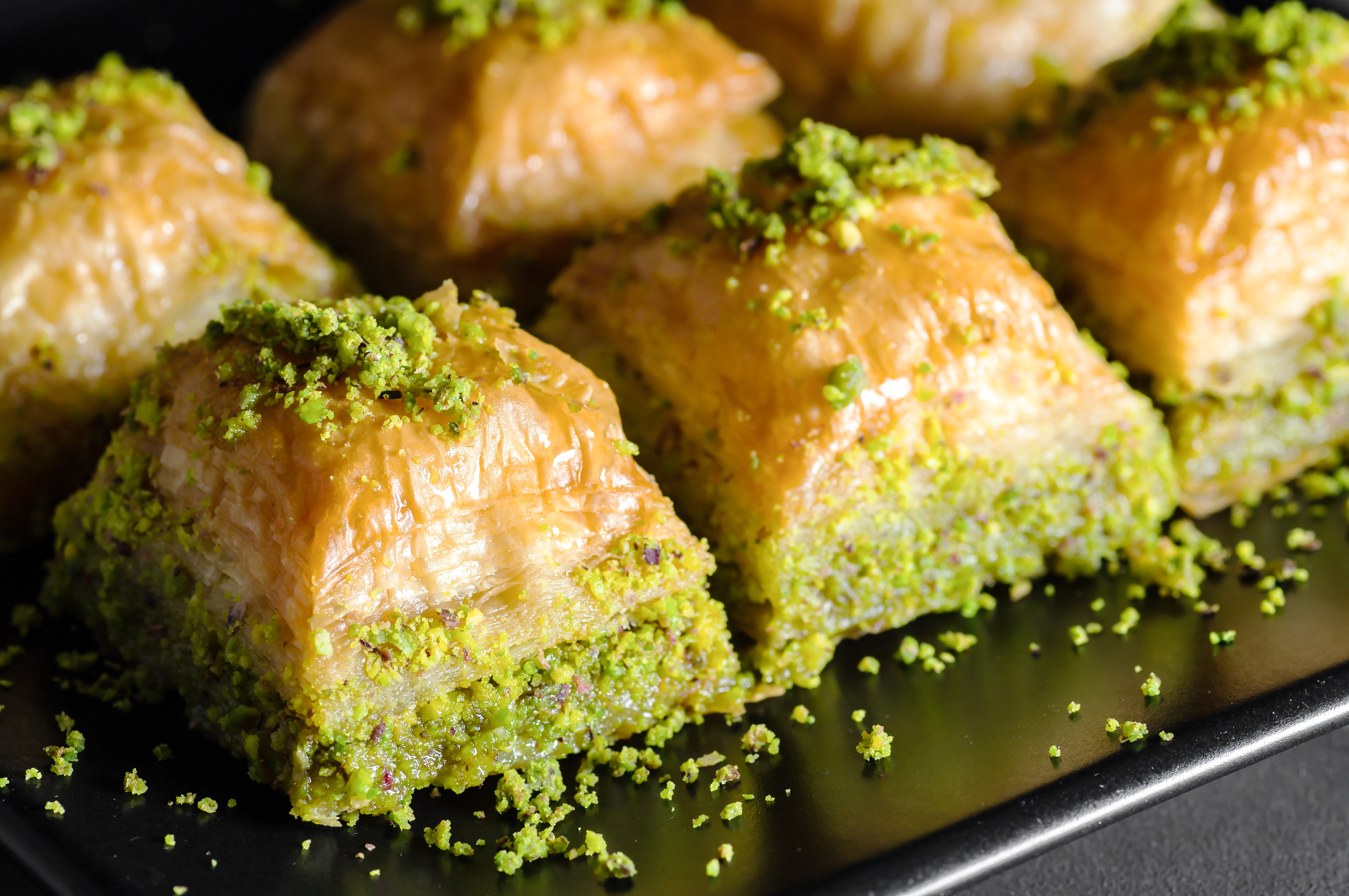
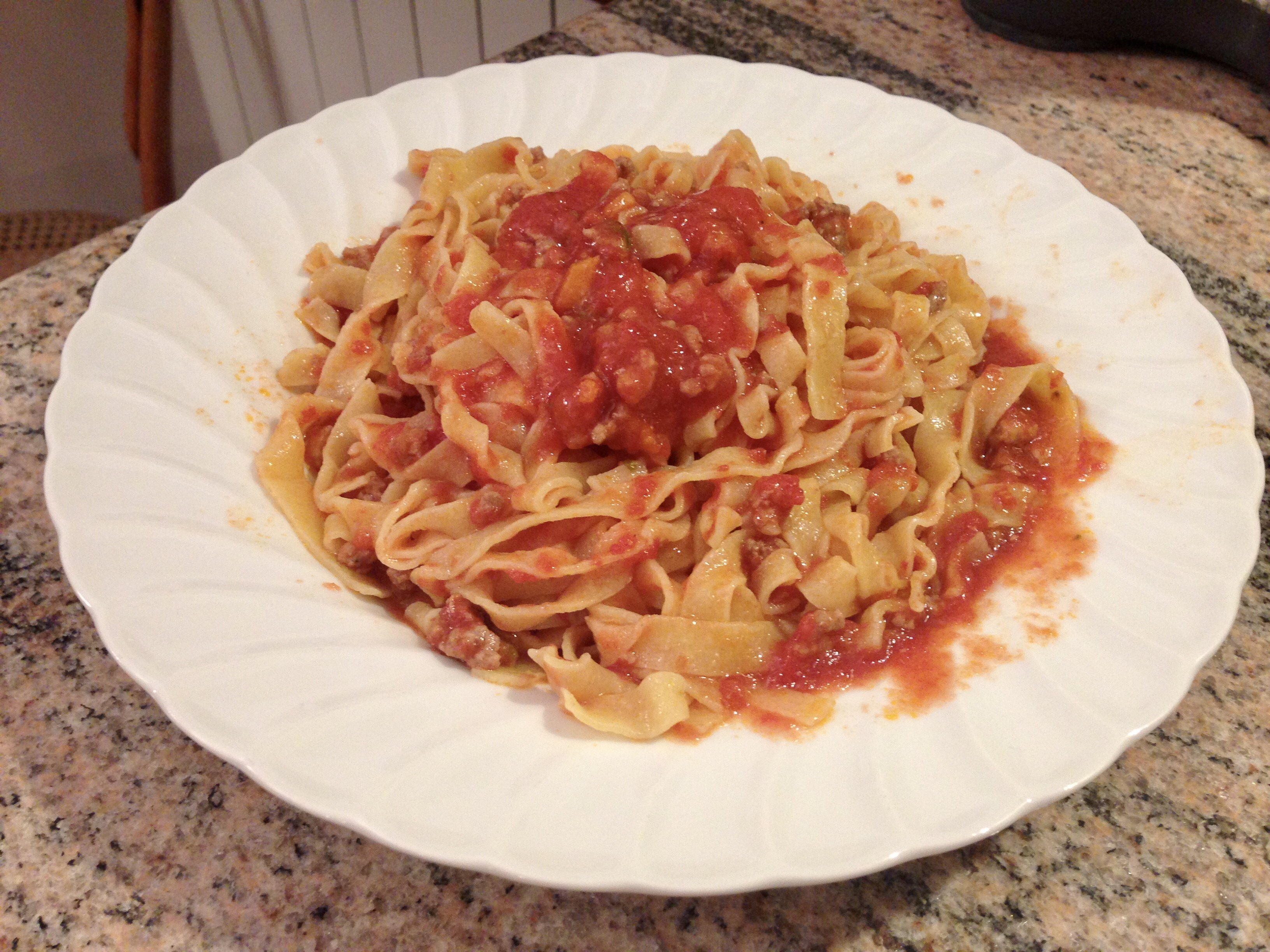
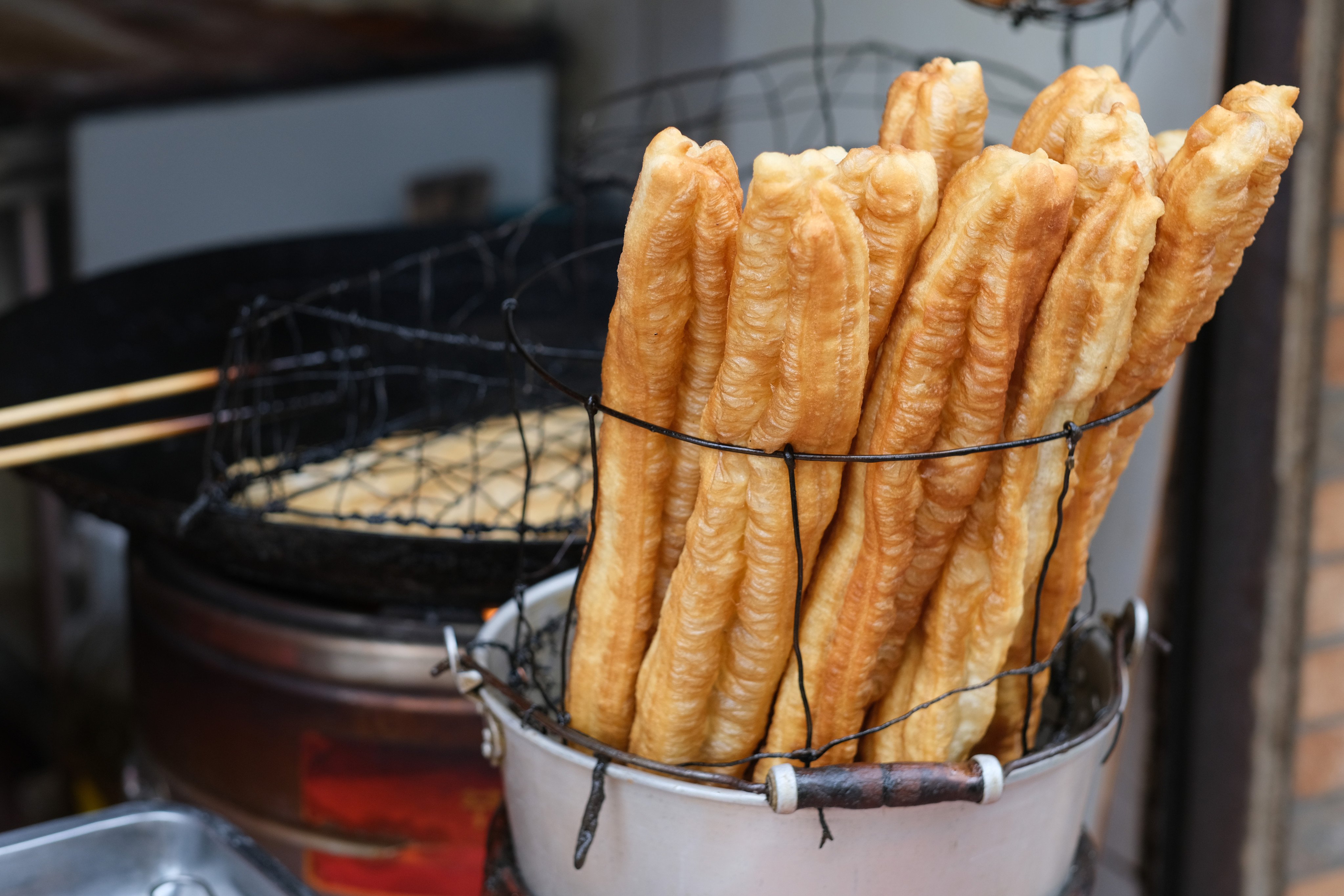
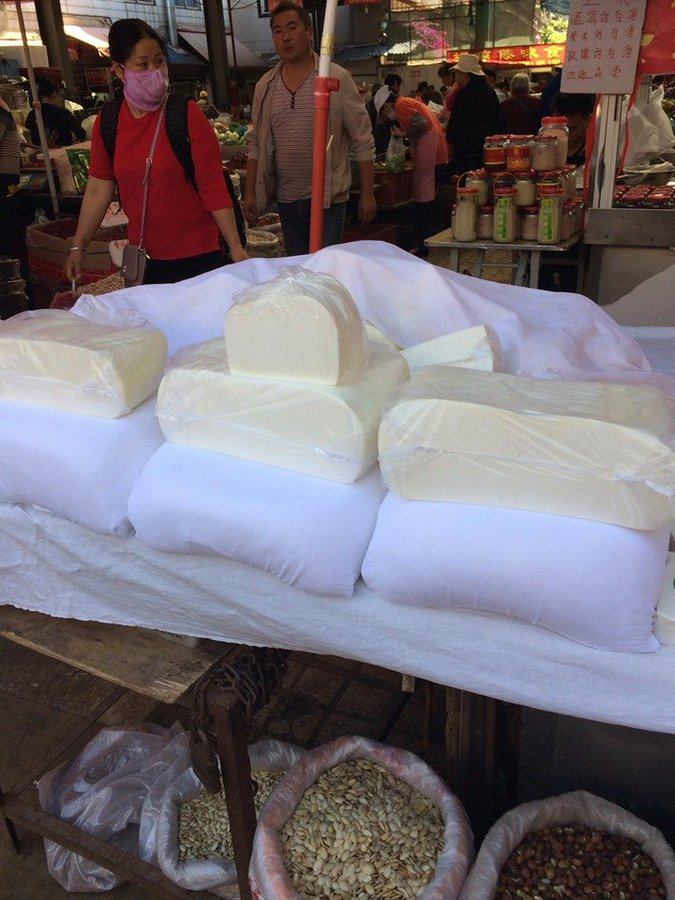
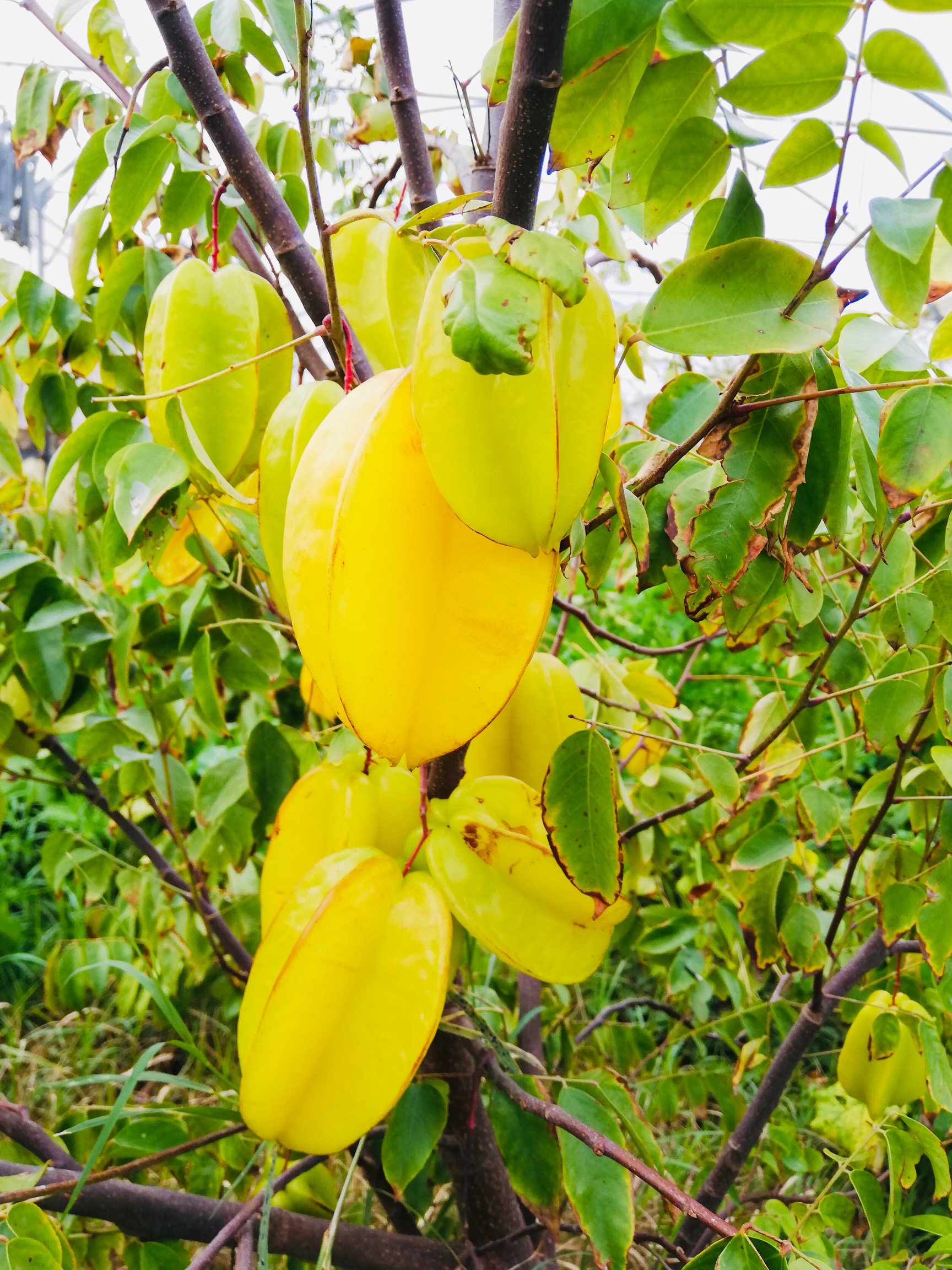

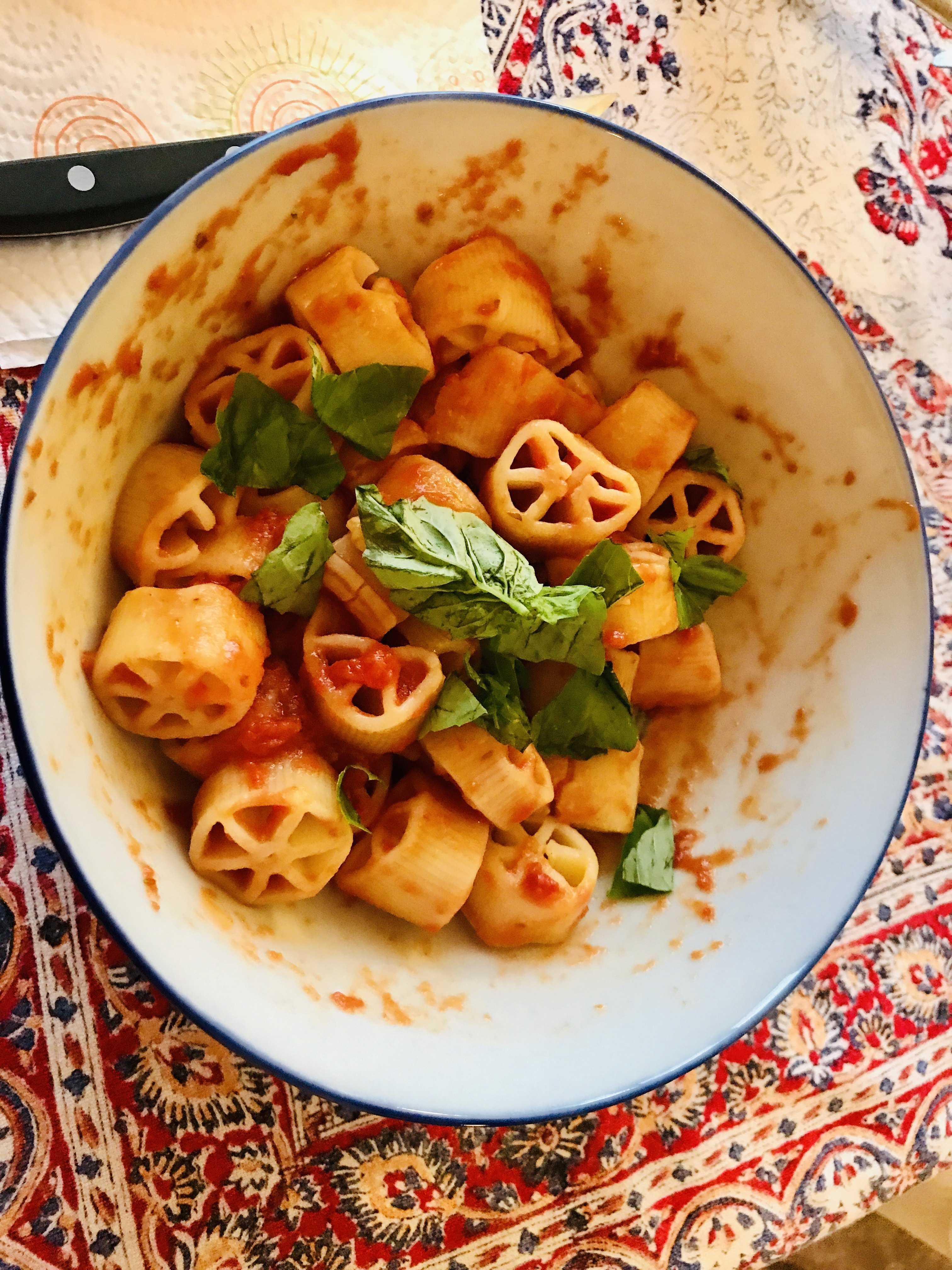
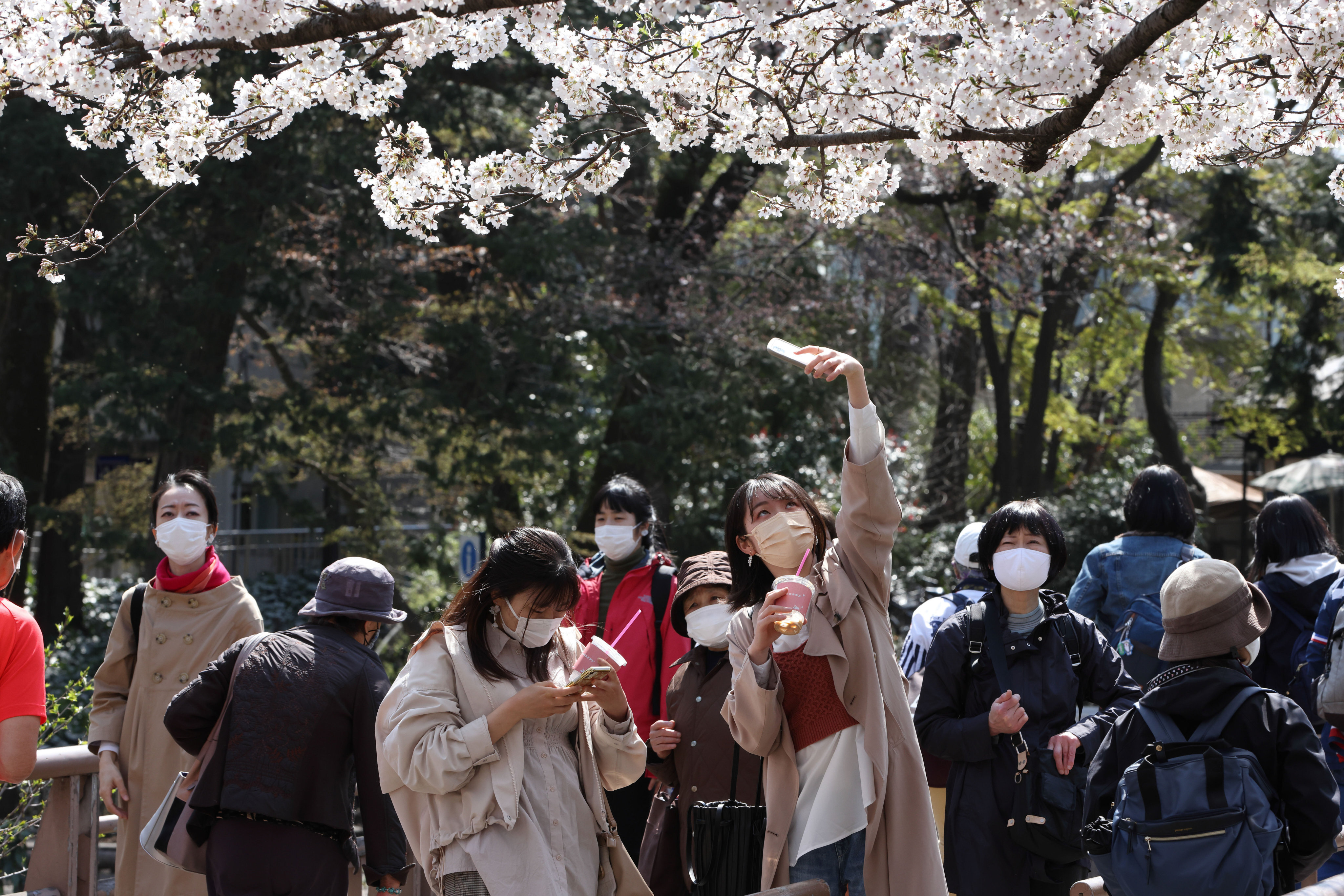
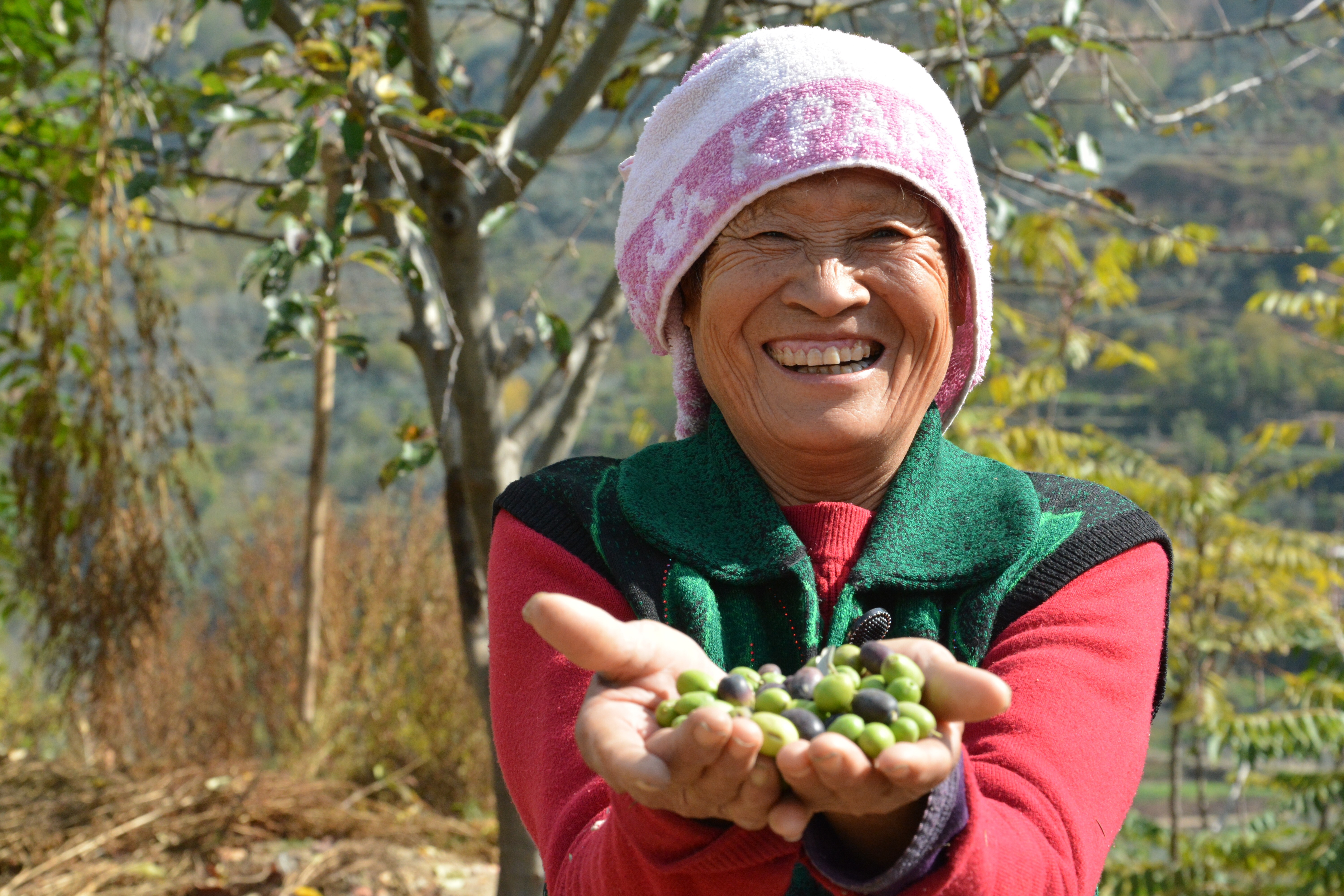
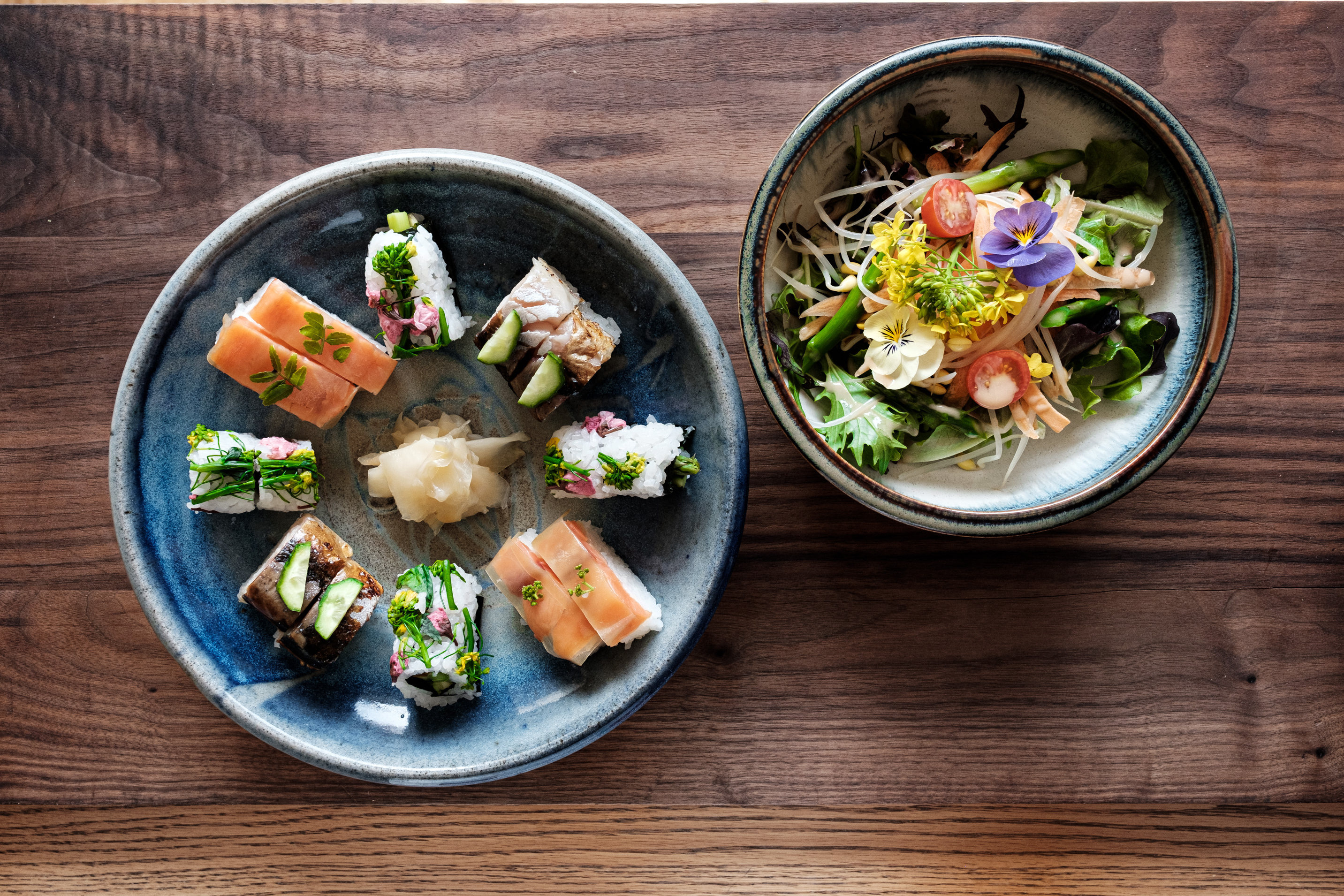
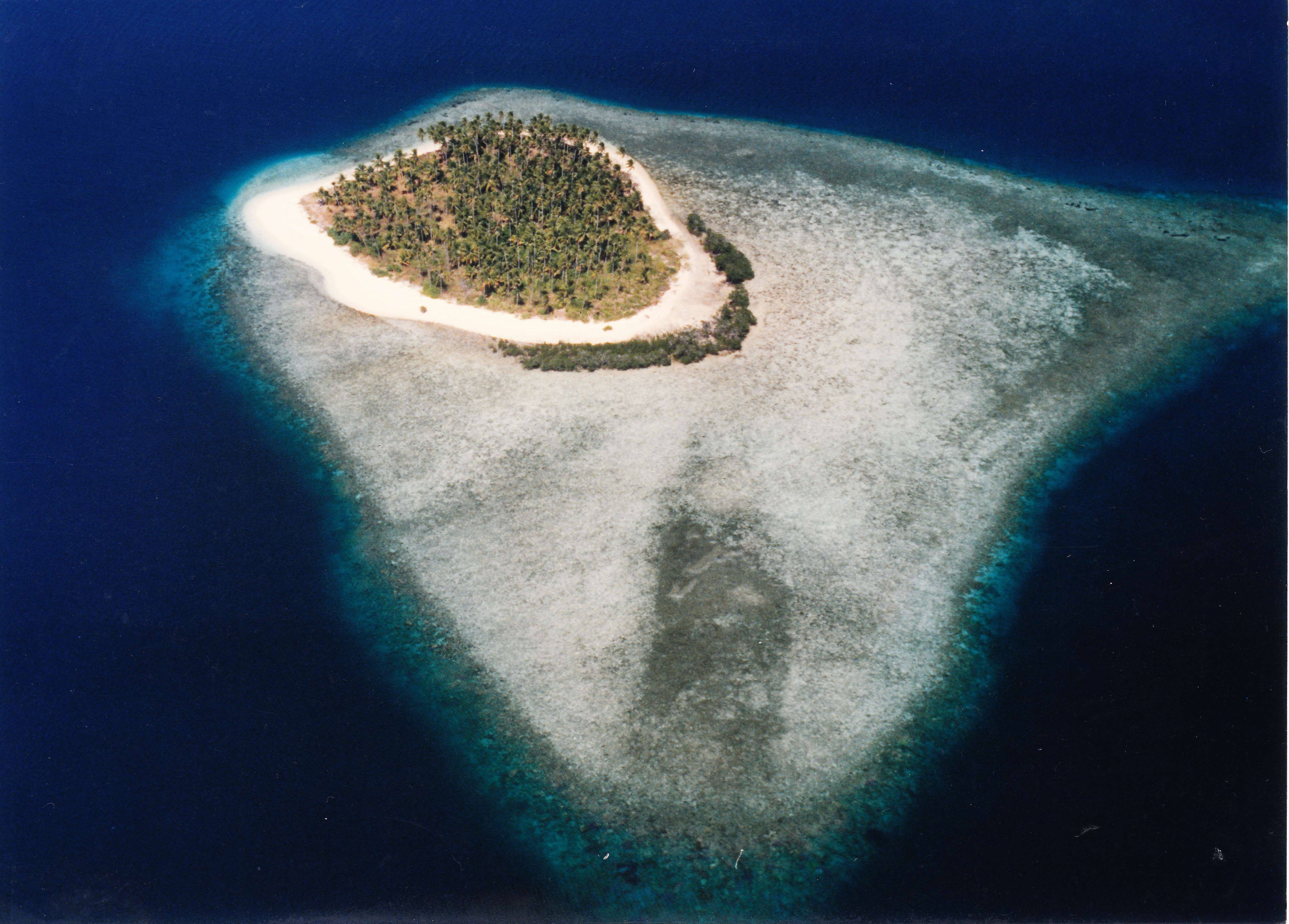
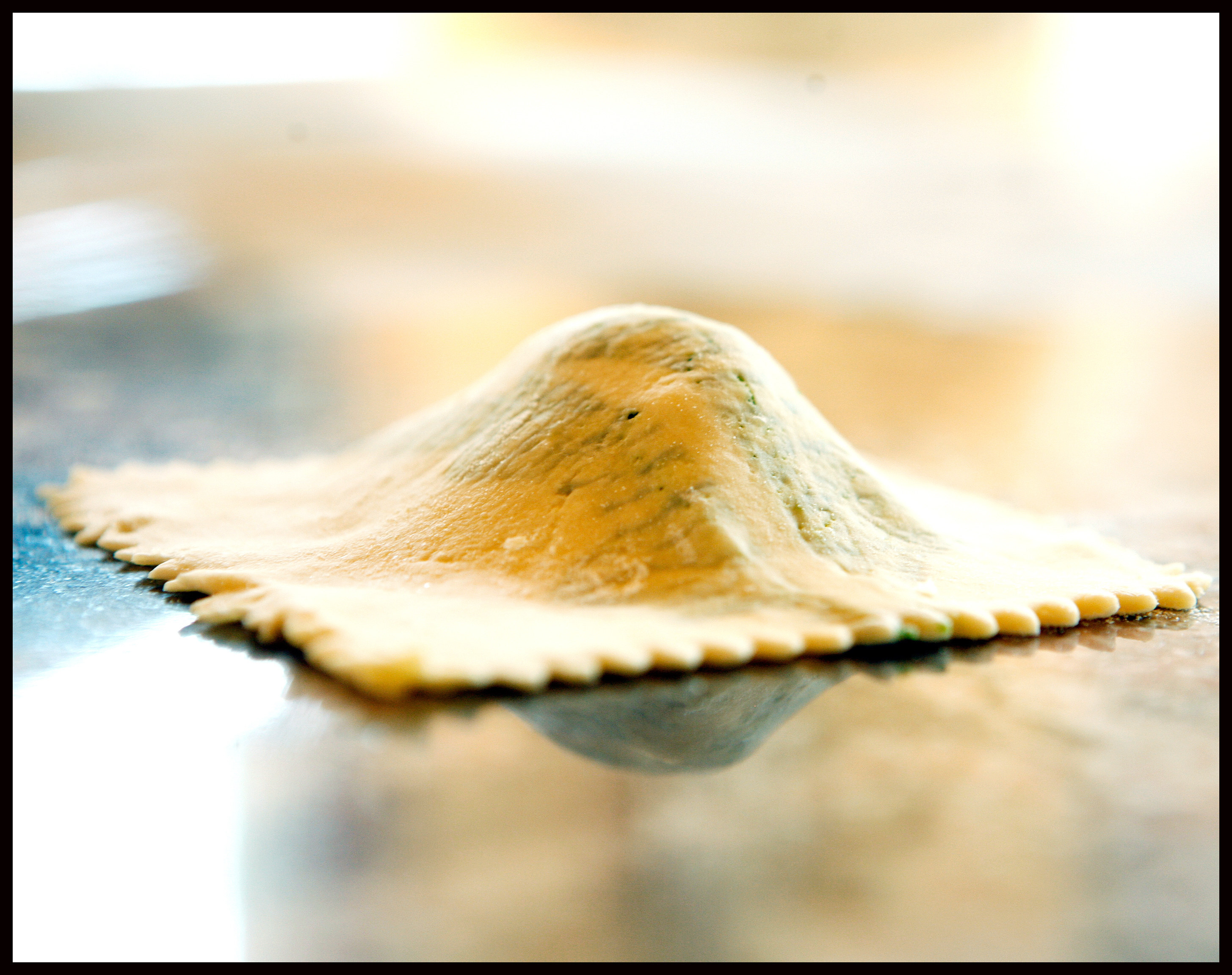
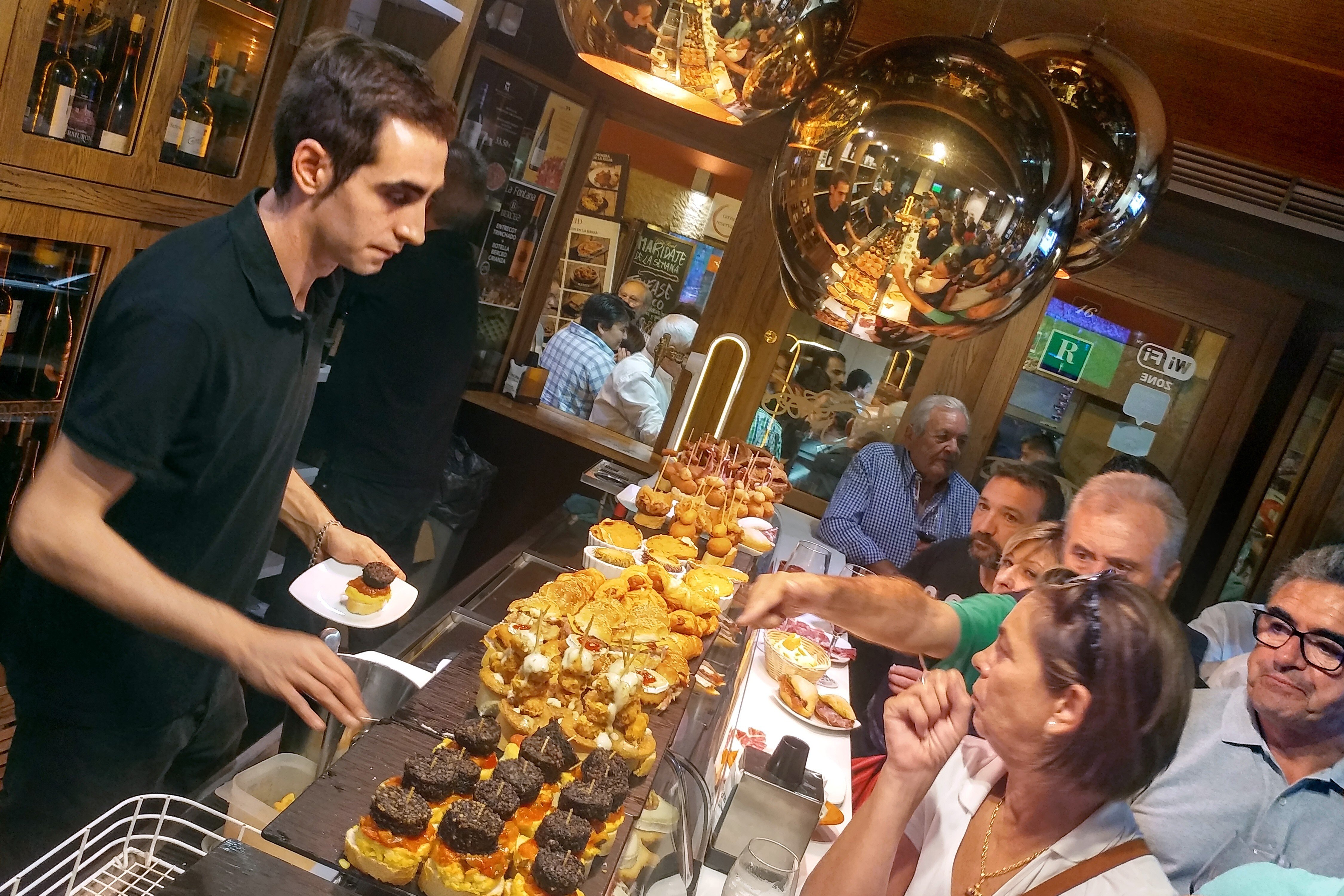
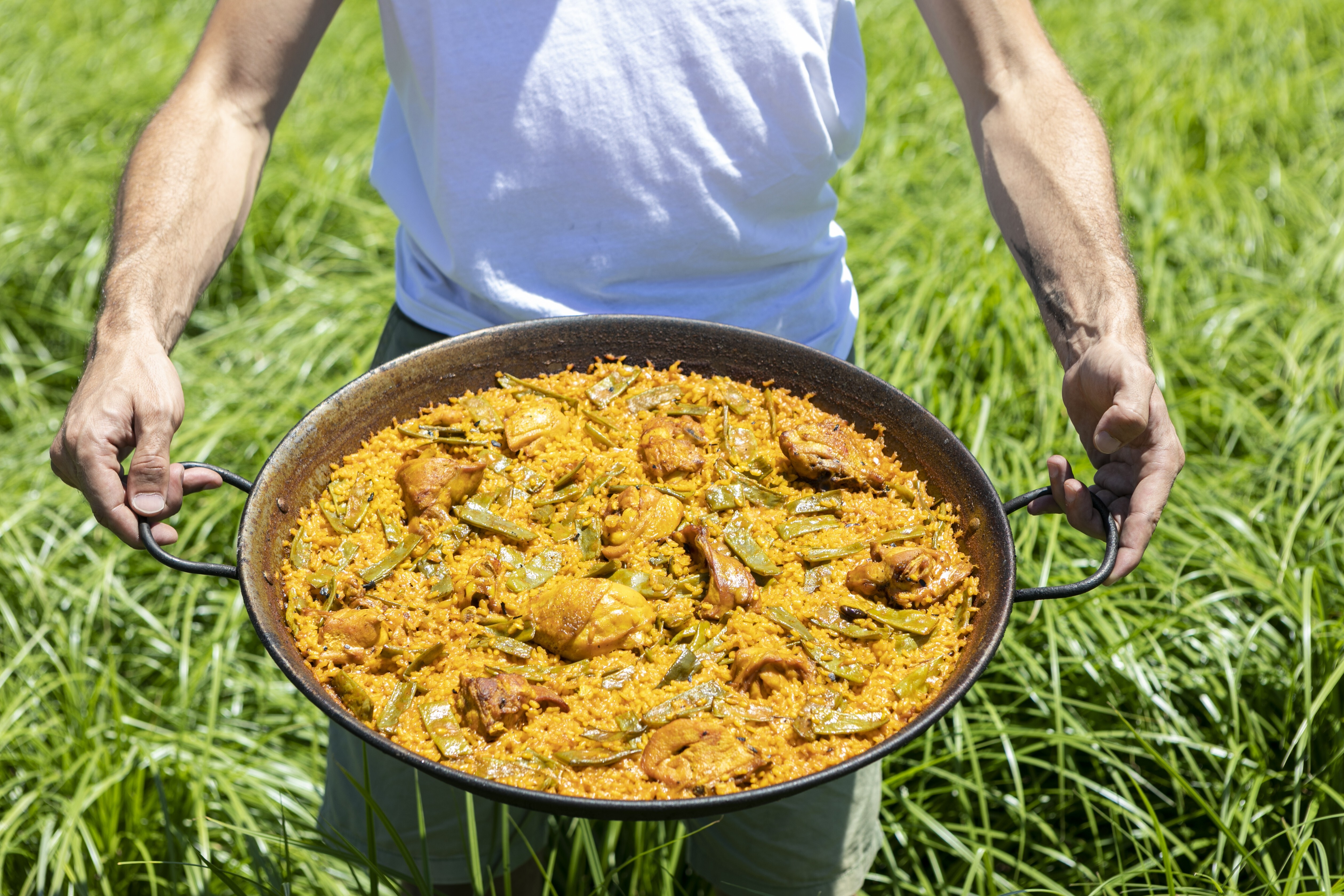
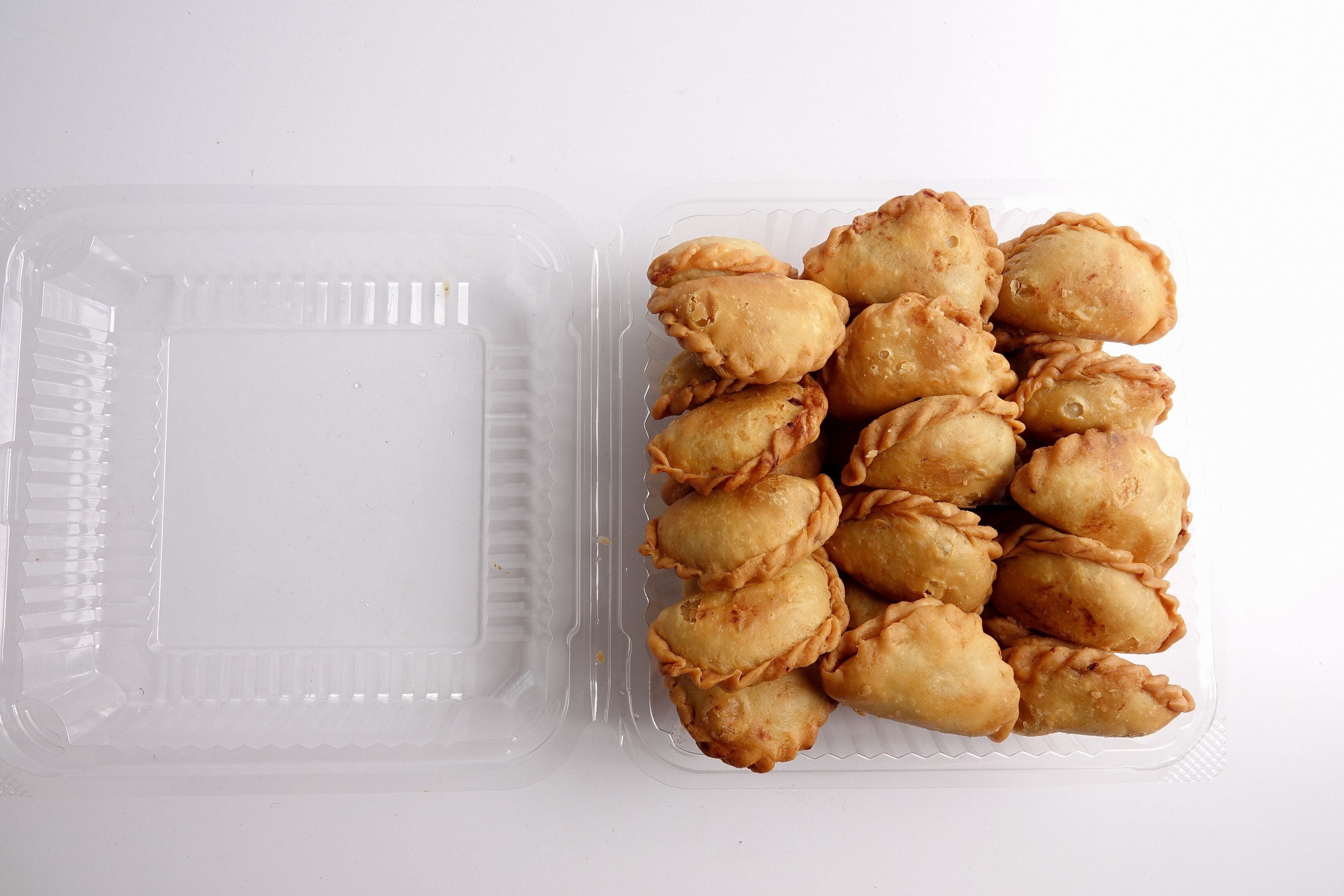
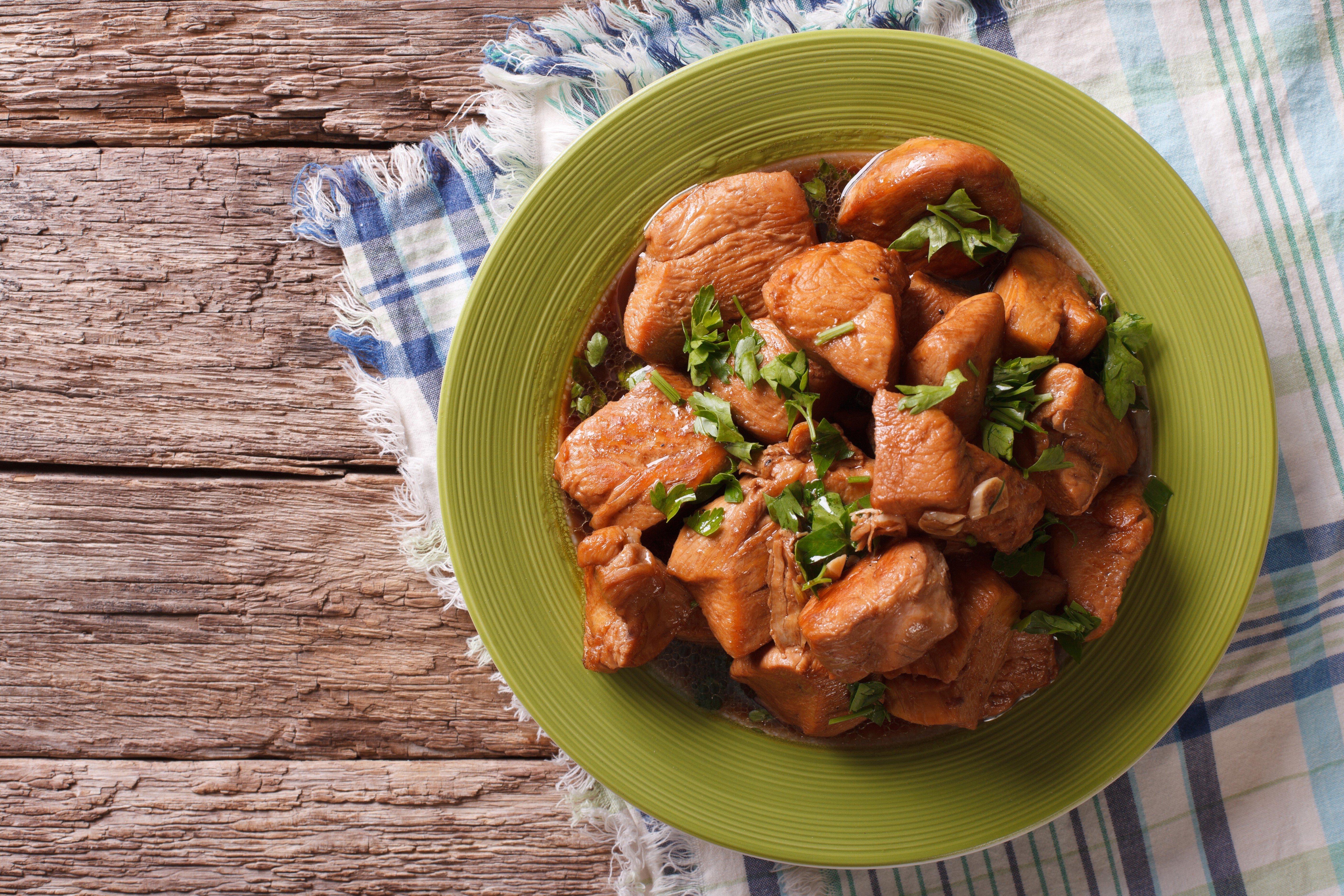
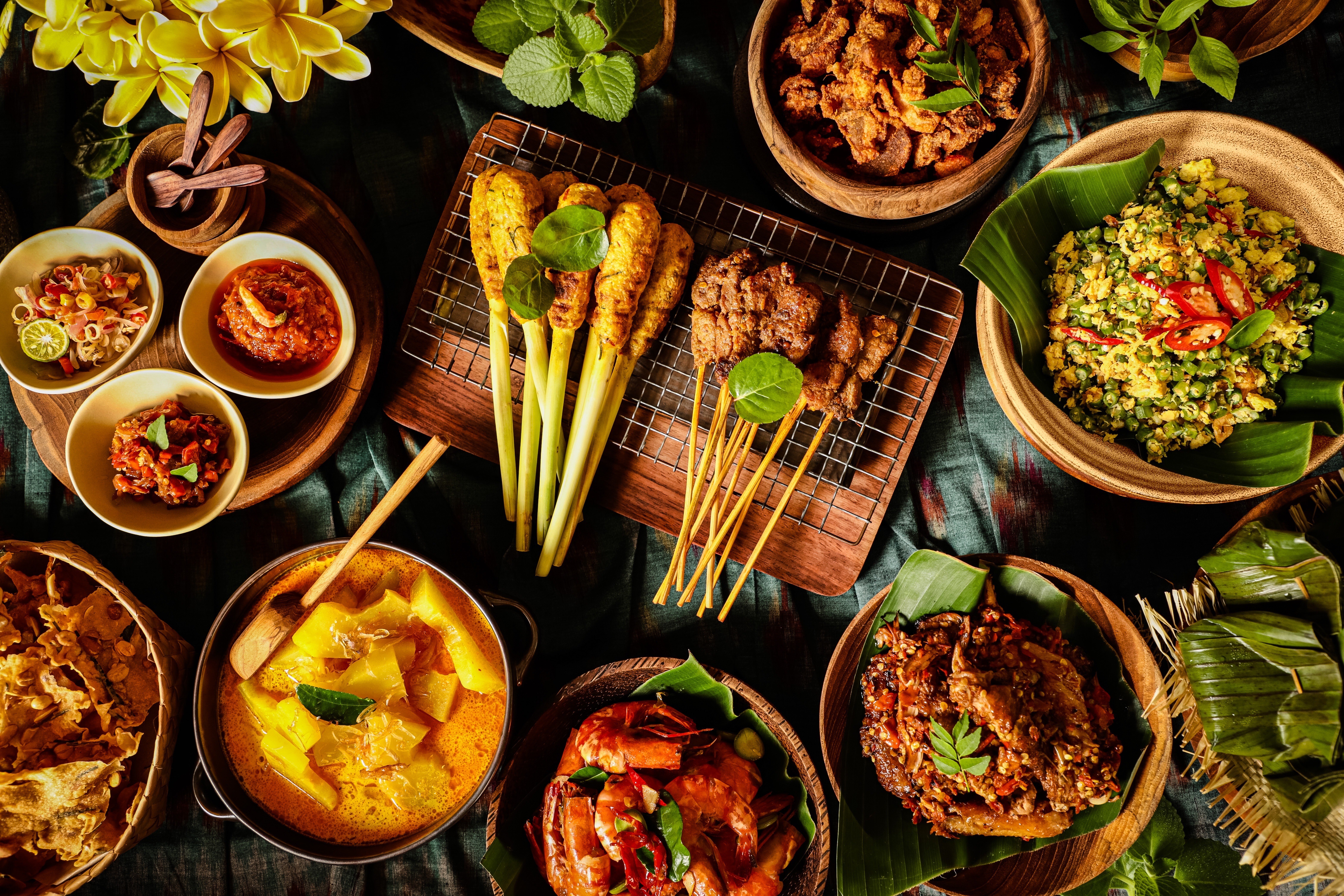
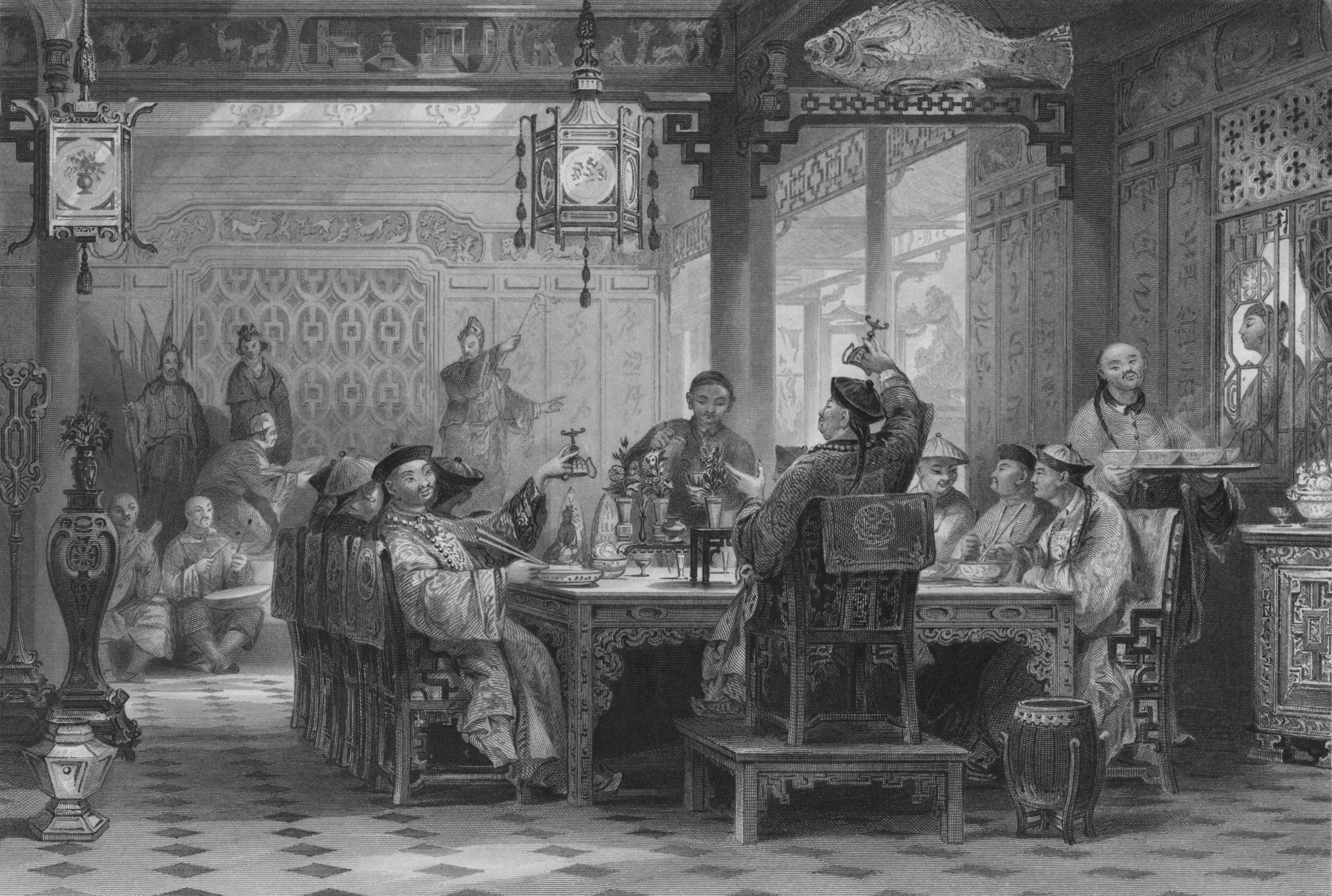
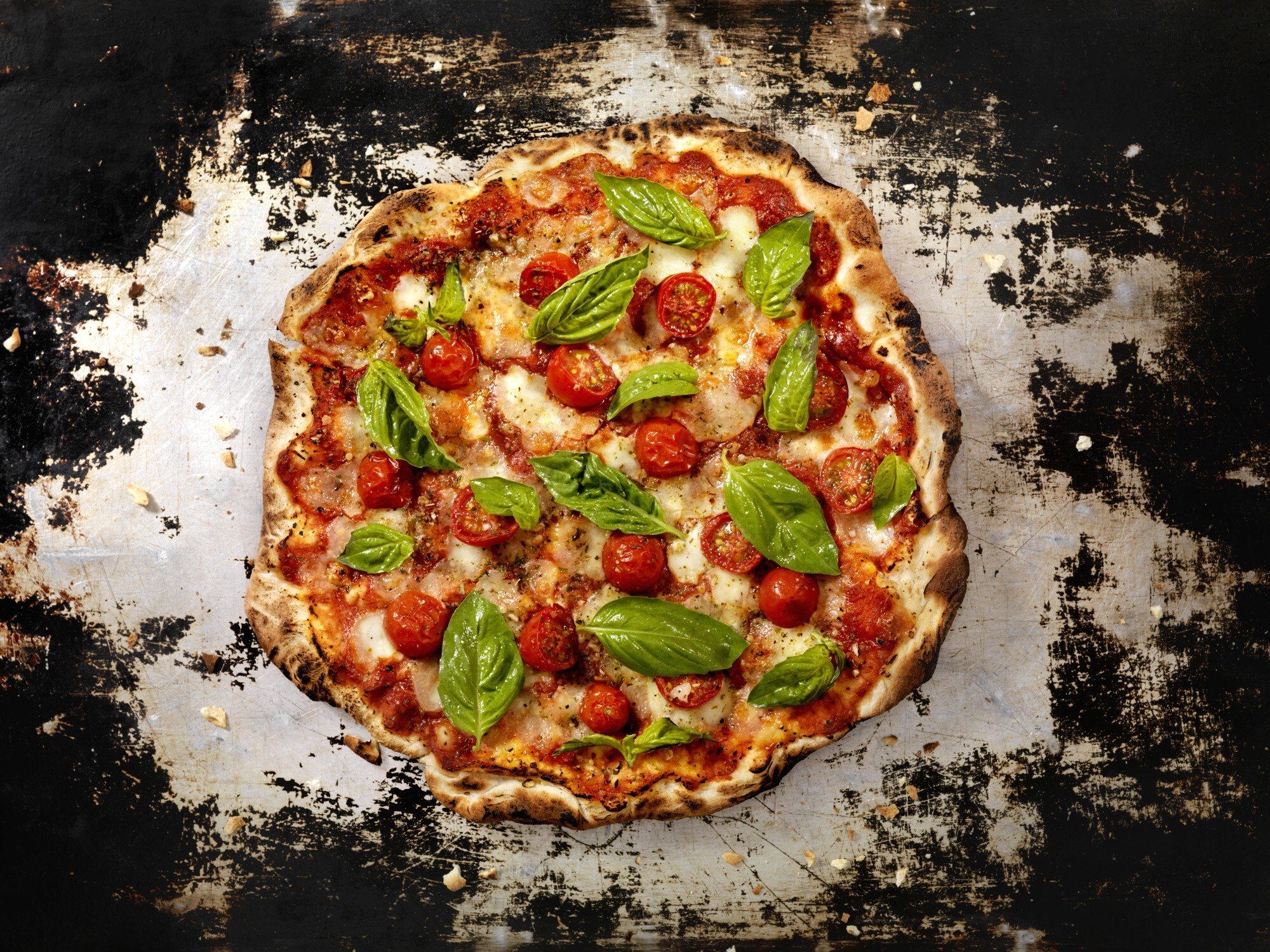

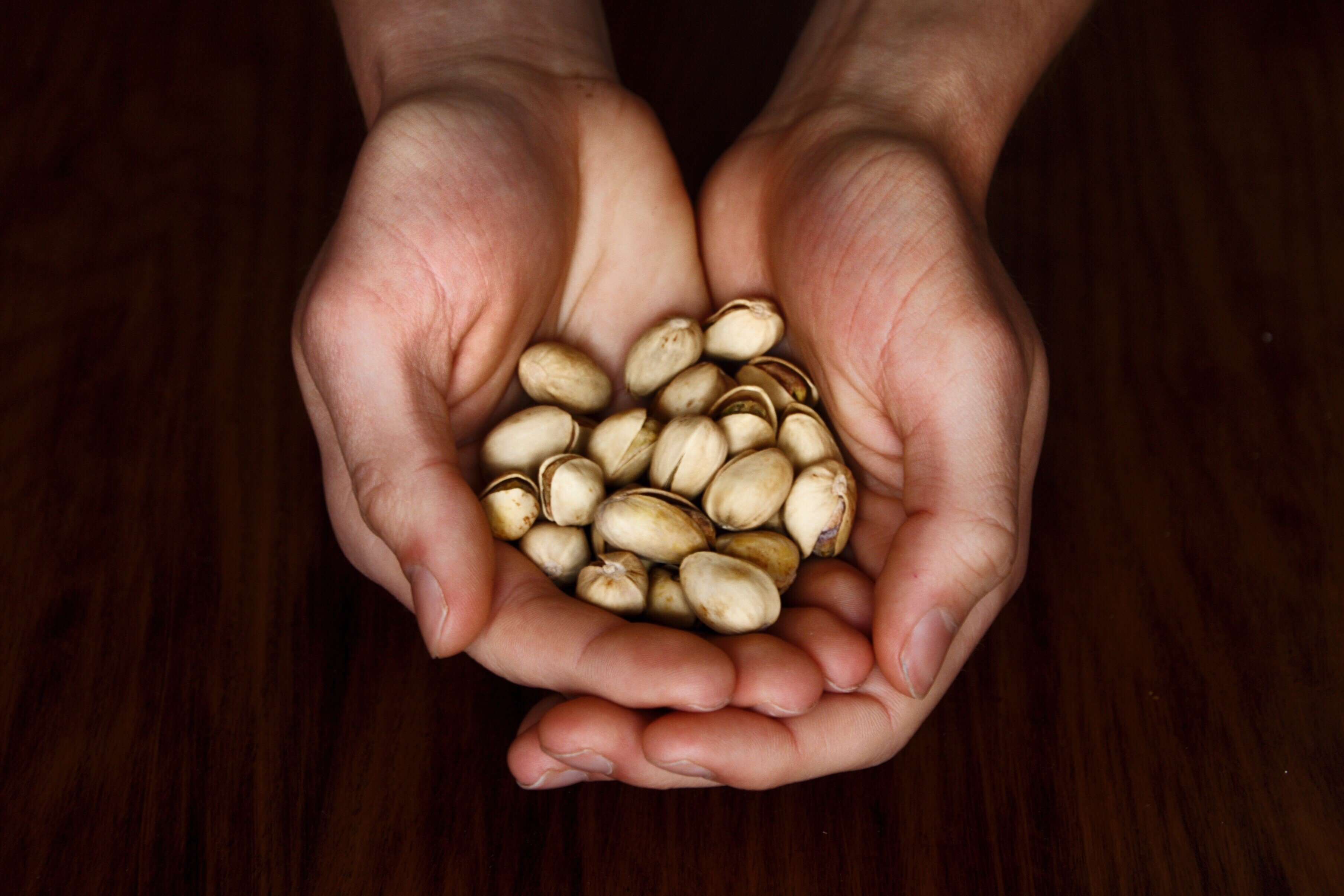
![Aniseeds, Italy Photo: Riccardo Tosti Photography [FEATURES 2020]](https://cdn.i-scmp.com/sites/default/files/d8/images/methode/2020/10/20/4b7e1de0-11cb-11eb-88e1-abf0a3fa7ebf_image_hires_194918.JPG)
